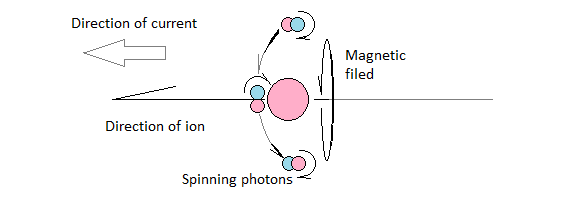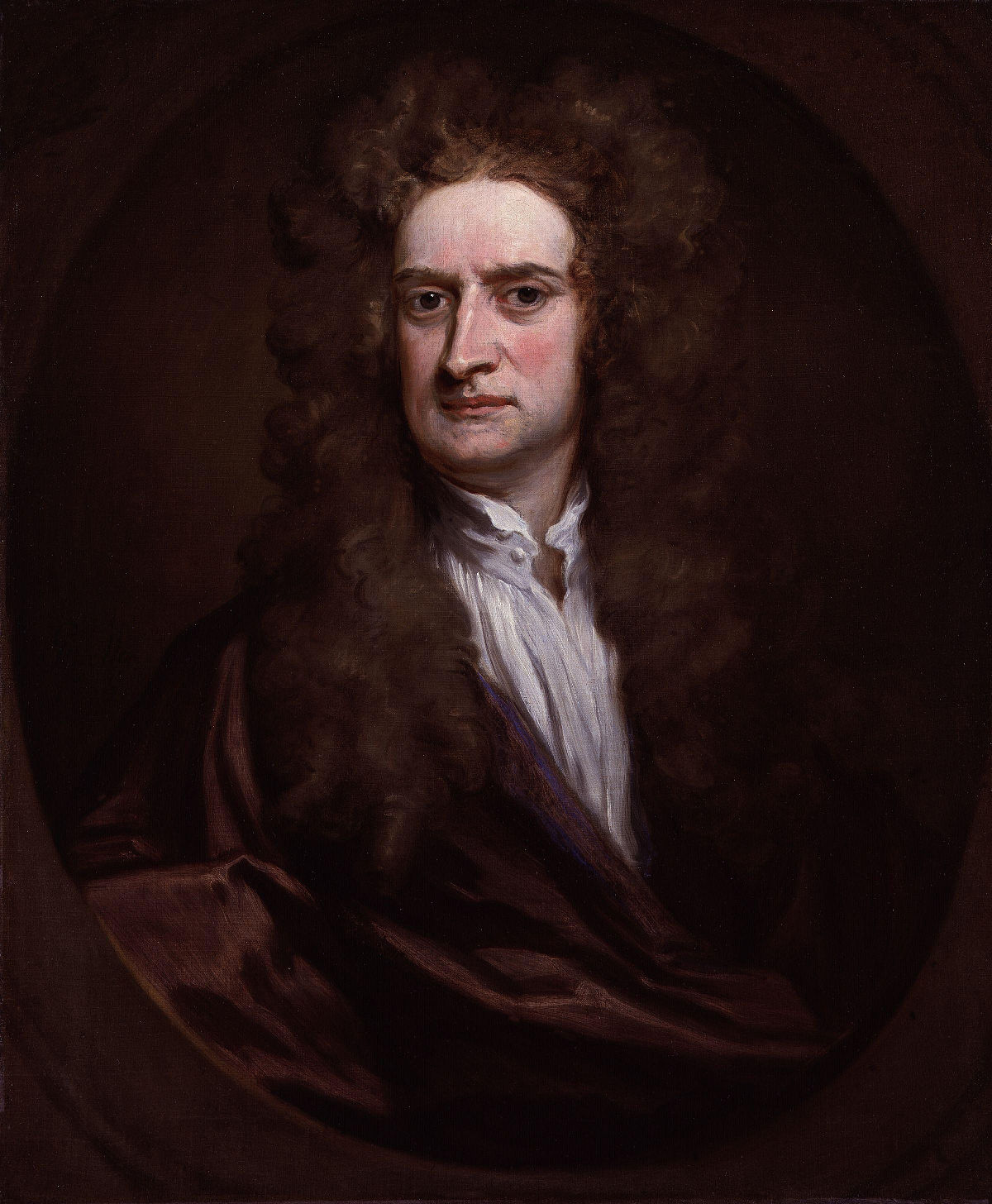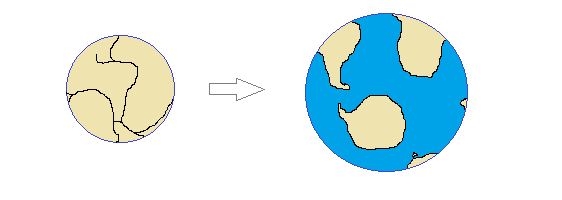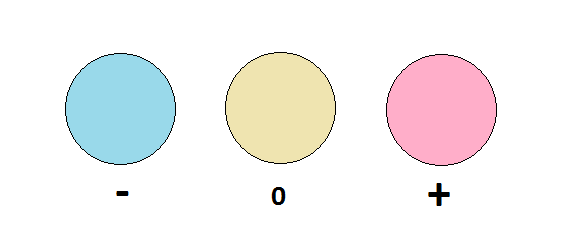When I developed my theory of physics back in 2017, I came to the conclusion that space must be filled with an aether consisting of low energy photons and neutrinos. These particles cannot be directly detected due to their low energy, but their existence would explain magnetism as well as the electric force and gravity.
However, there's a remarkable phenomenon that I've skipped lightly over even though it seems to support my theory, and that is the relationship between magnetism, the electric force and the speed of light.
The formula for this is:
c0=1μ0ε0√
where c0 is the speed of light in a vacuum, μ0 is vacuum permeability, and ε0 is vacuum permittivity.
The remarkable thing here is that the speed of light can be calculated from two seemingly unrelated values. One relating to magnetism and the other relating to the electric force.
This fits well with my model, because my aether is a mix of two types of particles. One relating to magnetism and the other relating to the electric force. The speed of light is in turn related to the aether. The above formula seems to be saying exactly this. However, I haven't been able to translate this formula into a simple story, and I have therefore skipped it in my latest books.
The problem has two sides to it. First, we have to understand what μ0 and ε0 represent, and how they relate to my model. Second, we have to come up with a straight forward story to explain why these values relate to the speed of light in the way they do.
Without a clear understanding of μ0 and ε0 we can obviously not explain their relationship, so we start with these variables to see what we can make of them:
First, there's μ0 which denotes vacuum permeability. This is a measure that relates the drag that a charged particle experiences when it moves through free space, relative to the magnetic field that it produces.
The relevant illustration for this is as follows:
 |
| Positive ion moving through the aether |
We have a positive ion moving from right to left, and this sets photons in the aether spinning, thereby creating the circular magnetic field associated with electric charge in motion.
Moving ions loose momentum due to μ0, which is precisely what we would expect, because ions transfer some of their momentum onto nearby photons when they move through the aether. This cannot happen without some loss to the ions. Thus, we have a simple model to explain μ0.
Second, there's ε0 which denotes vacuum permittivity. It tells us how strong an electric field must be in order to produce an electric current through free space.
The fact that an electric current can pass through free space is both remarkable and indicative of an aether. My explanation for it is that a strong electric field will produce electron-positron pairs by tearing apart photons in the aether.
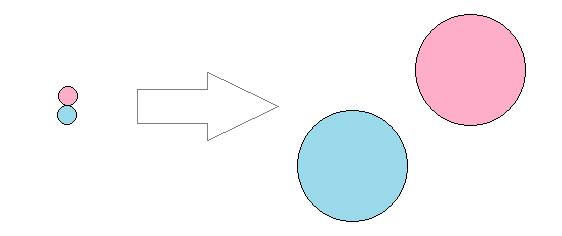 |
| Photon ripped apart to produce an electron-positron pair |
This allows electrons and positrons to migrate to the positive and negative pole of the field respectively, causing a current to flow through space. However, positrons are unstable. They react with just about anything.
Especially violent reactions occurs when positrons meets electrons. Such collisions result in gamma-ray radiation.
 |
| Electron-positron annihilation producing a gamma-ray photon |
Currents produced by strong electric fields in free space are therefore associated with intense radiation.
The fact that ε0 is a finite number suggests that space is a dielectric medium that functions in the same way that regular dielectric materials function in capacitors. This makes ε0 a threshold value. When an electric field is stronger than this threshold, space becomes a conductor, no longer capable of keeping currents from flowing.
From this, we see that μ0 and ε0 are both relatively easy to explain in terms of an aether of neutrinos and photons. The problem is not what these two values represent, but how it is that they are related to c0, the speed of light in free space.
The formula for c0 tells us that it can be calculated by multiplying aether drag (μ0) with the aether's permittivity as a dielectric (ε0). The square root of this multiplication can be inverted to give us c0.
One thing to keep in mind is that light is made up of photons. These photons are only different from the photons in the aether in that they carry more energy. They are therefore just as susceptible to electric fields as are the photons in the aether. They are also likely to experience drag as suggested in the tired light hypothesis. This means that light is influenced both by drag (μ0) and permittivity (ε0).
Another thing to note is that permittivity (ε0) is a threshold value. Electric fields in free space cannot be stronger than this threshold without causing a current to flow. The speed of light (c0) is likewise a threshold. Nothing can move faster than this speed.
A big clue in all of this is that Coulomb's law involves a constant k, which is defined as 1/(4 π ε0). My theory sees k as a number indicating availability of neutrinos, which means that ε0 is a number related to a lack of neutrinos.
 |
| Coulomb's law |
This makes sense in that a high value for ε0 would correspond to a situation where space is a better dielectric. If the electric force is communicated by neutrinos, a lack of them would make it harder to rip apart photons in the aether. An aether with few neutrinos would be a superior dielectric to an aether with many neutrinos.
Similarly, we get that an increase in the number of photons in the aether would result in a stronger magnetic force for the same amount of drag. We can in other words associate μ0 and ε0 with photons and neutrinos in the aether. An increase in photons would make μ0 smaller. An increase in neutrinos would make ε0 smaller.
Keeping in mind that the aether cannot see an increase in photons and neutrinos at the same time, we see the contours of the formula for c0. In regions of space where the aether is rich in photons, there's a corresponding lack of neutrinos, and visa versa. Hence, the product of μ0 and ε0 can be expected to remain constant regardless of the aether's composition.
However, this does not explain why the formula is exactly the way it is. The story is not complete.

